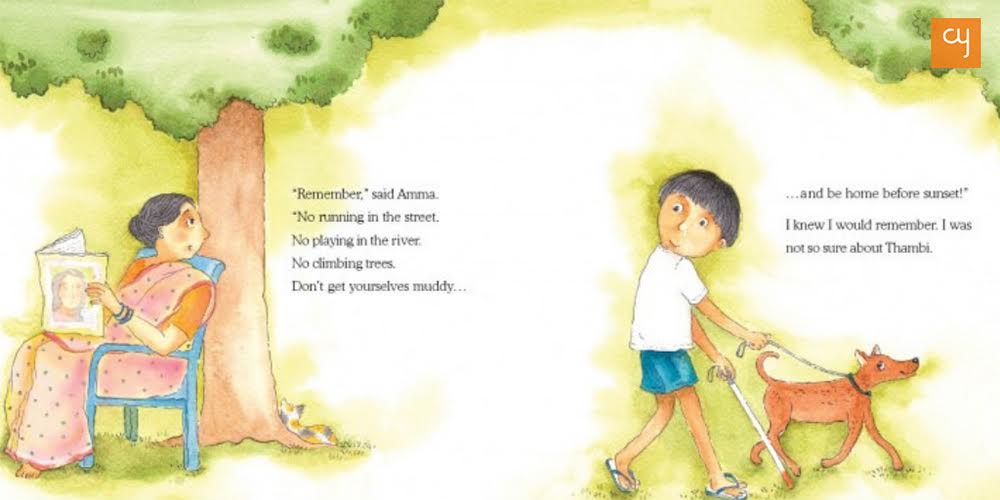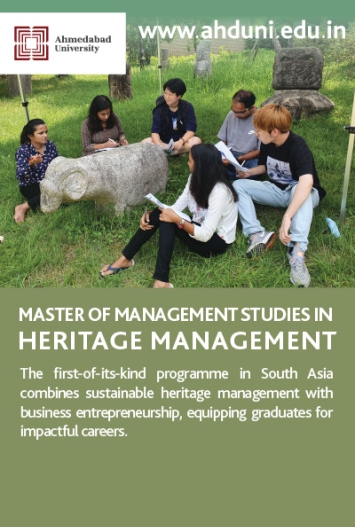What a pickle! There is an ‘achar’ for everyone’s taste buds in India
Do pickles have health benefits? What goes into the pickling process? Which pickle of the several hundreds in India could be your pickle of choice? Discover with chef Zarin Mirza.
From generation to generation, Indian families hand down legacies—from the family business to everyday strategies for smooth-home operations. One such tradition that is taught from generation to generation is the art of making pickles. To some, a pickle is just a spoon of masala on a plate that’s eaten with the rest of the meal. To others, a meal is incomplete without a pickle! A plate of simple curd rice with pickle is a quick breakfast in many regions of the country, like the dahibhaat in the South or the pokhalbhaat in Orissa. Pickles have also been a necessity in times of scarcity and frugality. In a country where drought was often a prevalent phenomenon, pickles played a very important role in certain regions.
While there is much debate about whether pickles are unhealthy and lack nutritive value, I argue that this is the case for only commercially-made, preservative-heavy pickles. As an age-old ayurvedic practice, the ageing process of pickling is said to result in a lot of medicinal properties. According to renowned nutritionist and author Rujuta Diwaker, pickles are rich in vitamin K2, which is necessary for the absorption of vitamin D by the body. Pickles are believed to be high in ‘good’ bacteria—fashionably called ‘pro-biotics’ today—which is necessary for the gut. If you want nutrition-rich pickle recipes, look out for the ones that have been handed down by elders in any family to their children. The design of these traditional recipes is usually such that they maintain high nutrition and the medicinal values of the ingredients. They also maintain the quality of processing and the quality of ingredients.
So, what goes into pickling a pickle?
First of all, the sun plays an exceptional role in making pickles. It acts as a natural dehydrator that removes excess moisture from the ingredients. This is why most households carry out pickling between March to June when the sun is at its peak in India. Besides this, what does the process of pickling look like?
- First, high-quality spices are procured. These are dried, hand-ground and stored in dry martabas (ceramic jars).
- Next, the main ingredient for the pickle is introduced. This could be vegetables, fruits, berries and gourds, or it could be leaves, shoots and roots. Even chicken, prawn and fish can be pickled. Care is taken to procure the best ingredients of the season and, depending on the taste of the particular fruit or ingredient, the rest of the spices and ingredients are adjusted.
- Oil is usually used as a preservative, but sugar, salt, lemon, vinegar or buttermilk are also used in many regions to preserve pickles. Each option requires its own unique process and each brings with it a different flavour profile. The oil that is used for pickling is usually one that is native to the region, although mustard oil is also a favourite in most regions. Fenugreek seeds also play a very important role in the preservation of pickles and lend chikas (shine and texture)to the pickles.
- Each family has a preference for the proportions of ingredients they use, depending on whether their taste palate has preference for salty, sour, chilli, astringent, sweet or bitter flavours.
This year, during the mango season, I made three pickles—chundo (sweet-spicy raw mango pickle), methiyakeri nu achar (fenugreek and raw mango pickle) and gundakeri nu achar (stuffed fragrant manjack and raw mango pickle). For this, I collaborated with an aunt of mine whose style is a little different. She believes there is no point in dehydrating mangoes to make pickles. Instead, she’d ask—why not use the mango’s own water so it can emulsify with the oil added to the pickles? The process takes away the need to sun-dry the pickles. But to make chundo, my aunt advocates using sunlight. I am currently enjoying all three pickles at home with various combinations!

There’s a pickle for everyone’s taste buds!
The most common pickle known to Indians is aam ka achar, the mango pickle. And the second most famous pickle is made of lemon. But in different parts of the country, different ingredients are used to make pickles because India has so many indigenous varieties of fruits and vegetables. Each region has its favourites and their preference also changes seasonally. Medicinal properties and occasions also determine what kind of pickle to pickle. Some examples of the different kinds of pickles include these:
- In North Indian homes the amla muramba is eaten every morning as an enriching ingredient.
- The sundakkai (button-size aubergine called turkey berry) pickle is given as a detoxifying and de-worming berry to young children in Tamil households.
- Kale nimbu ka achar(pickle made of ‘black lemon’) is eaten in Punjab as a snack by many children.
- Every Parsi wedding feast begins with lagan nu achar (pickle made of carrots, dates and raisins).
- Gujaratis living in the old city of Ahmedabad relish their morning and afternoon teas alongside crisp bhakries (crisp biscuit-like rotis) and chanamethi nu achar(black gram, raw mango and fenugreek pickle), while midday meals are had with batakanushaak (potato), thepla (Gujarati flatbread) and chundo (sweet-spicy raw mango pickle).
This is not all. Every region too boasts of variety!
- The Mewar region has its famous chana dal athana (split chickpea and raw mango pickle) and besankenimbuaura am ka achar(chickpea flour dumplings and raw mango pickle)Both these pickles make unique use of lentils along with raw mango. While one is roasted with oil over fire, the other has fried and spiced besan dumplings in the form of lemons that are pickled with spices, raw mango and mango seeds. These lend the pickle a nutty bite.
- Jodhpur has akirsangri (local Rajastani wild berries and beans) and green-red mathaniyamirch (local variety chillies of the area) achar.
- Assam has its bhoothjolakia (spiciest chilli in the world, native to the region), which is pickled after fermenting, and eaten as a pickle or used as an ingredient in cooking.
- The Meghalayan territory has a kind of fermented bamboo pickle that is eaten with steamed banana leaf rice.
- Nagaland has a fermented and smoked soya bean pickle made with spring water salt.
- Amritsar has its share of nimbu ka achar(lemon pickle) but also has dheu (badhal or monkey fruit)which is mildly sour and mushy in texture, and lasoora (glueberry) pickles.
- Tamil Brahmins make a mahali (Indian sarasaparilla) pickle which is traditionally preserved with lemon and buttermilk and can last for 2 years. This pickle has a fragrance that enchants each time the jar of pickle is opened, owing to subtle flavours like cinnamon, vanilla and bitter almond. The smell of buttermilk matures with the ageing process and is not pungent and sour.
- In Punjab, during harvesting season, long stalks of mustard greens (Gandal) are pickled. Besides having an intense mustard flavour, the stalks also help keep warm during winter season.
- A very famous pickle eaten in the IT hub of the country, Bengaluru, is the gongura pickle made with gongura These are sour in taste and bring a leafy feel in your mouth.
- The pungent Bengali mustard sauce called kasundi (mustard paste) is technically a pickled mustard. And varieties of kasundi are made using green chillies and mangos.
- A very traditional Goan pickle that I once experimented with is tendli (ivy gourd) pickle, the taste of which is spicy, tangy and sweet. The ivy gourd lends a crunch element to the pickle. I enjoyed mine most with steamed rice or khakhara (crisp wheat flour wafers).
- Recently, I tried making an Andhra-style brinjal pickle that uses tamarind as a souring agent. The flavours had to be balanced with jaggery. The recipe worked very well to make a quick brinjal raita instead of a salan, as accompaniment for a
The art of fermentation has taken a fashionable turn in the food industry of late, with more and more chefs fermenting ingredients to enhance flavours in their dishes. But as s times change and families become nuclear, the age-old Indian tradition of handing down recipes risks becoming extinct. The process of pickling is seen by many as being time-consuming. To maintain the nutritional value of pickles, my recommendation is that we source pickles from houses and gruhudhyogs and promote small-scale pickle makers instead of buying pickles from largescale factories. We could also create a new culture around the dying art of pickling by organising pickling events. These would be a welcome local adaptation to our attempts at emulating the West’s wine tastings and cheese tastings.
I have been making pickles for my family for the last two years and the experience is very satisfying. The bonus from the hard labour every time is a bottle full of fresh, homemade pickles that do not spoil but only mature with age!
About the author :
Zarin Mirza is a chef and culinary expert from Ahmedabad. She is the Corporate Chef at Ahura Restaurants Pvt Ltd. for the TOMATO’S & DHOOM DHAAM brand. She teaches cooking to students, develops concepts for restaurants and has worked as Junior Sous Chef at Taj Landsend, Mumbai.
Yatra Archives

 How Tulika Books is creating impact in children’s lives through picture books
Nandini Varma
How Tulika Books is creating impact in children’s lives through picture books
Nandini VarmaAug 21, 2019
A children’s book about a boy who feels like a girl. And about a child brought up by grandfathers. These are some of the stories published by Tulika Books, who have been making children’s picture books since 23 years. Little…
 Dalgona Coffee: A worldwide social media trend about home-made café experience
Harshil Shah
Dalgona Coffee: A worldwide social media trend about home-made café experience
Harshil ShahApr 2, 2020
While the lockdown has ignited various trends on social media, one that has received a major global following is #DalgonaCoffee. With thousands of posts on its name, here’s all you need to know about the Dalgona Coffee wave. I first…
 Leonardo, Michelangelo, Raphael and Donatello—Artists or Teenage Mutant Ninja Turtles characters?
Harshil Shah
Leonardo, Michelangelo, Raphael and Donatello—Artists or Teenage Mutant Ninja Turtles characters?
Harshil ShahNov 5, 2019
Did you ever wonder where the Teenage Mutant Ninja Turtles’ characters got their names from? Well, your search is complete. Here is a brief introduction of the artists from whom the creators of TMNT took inspiration. Teenage mutant ninja turtles,…
 The call of the mountains: orthopaedic Dr Yatin Desai’s advice on trekking
Himanshu Nainani
The call of the mountains: orthopaedic Dr Yatin Desai’s advice on trekking
Himanshu NainaniMay 24, 2019
In this piece 64 year old Dr Yatin Desai, shares with CY his inspiring story of how to scale towering mountains with utmost ease and how this life adventure activity can shape human character and health. Chances are high that…




